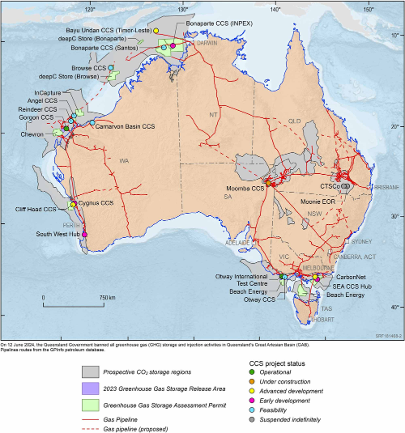Moondah Karda - carbon offsets
- Decarbonology
- Feb 16, 2022
- 1 min read
Updated: Mar 11, 2022
Our newest biodiverse, native plantation in Western Australia's wheatbelt.
This project follows on from the successful Moondah Bilya planting project in 2021, which was a carbon reduction initiative for a West Australian distribution company. By strategic project location the co-benefits are:
· Restoration in the Wheatbelt of Western Australia
· Supporting Banksia Woodland and Black Cockatoo habitat
· Restore native biodiversity
· Reduce erosion and soil degradation
· Provide regional employment
· Invest in regional Australia
· Improve carbon in soil
· Support the local water cycle and restore the headwater catchment of Wowra Brook
In two 30-year periods (1900-1930 and 1945-1975) an area of land roughly the size of Britain was stripped of its native vegetation for the production of grain and livestock. It is a crescent of land that begins just north of Geraldton on the west coast and sweeps south and east to Esperance on the south coast. However, the antique soil of WA bore almost no resemblance to the fertile soils of northern Europe. Four to five more or less rainless months, where dry desert winds blow steadily across the vegetation was also an unprecedented challenge to farming methods learned in the British Isles. Lastly, there were almost no rivers to speak of, and permanent summer water was a rare commodity. Although having some of the most efficient farmers in the world, the agricultural dream of WA has remained largely unrealized.
This project focusses on the Wheatbelt of WA and the maintenance of existing primary forest patches, as well as focus on the regeneration of matrix areas between fragments to increase native habitat area, connectivity and ecosystem functions (consistent with the recommendations of Bradshaw 2012).





Comments